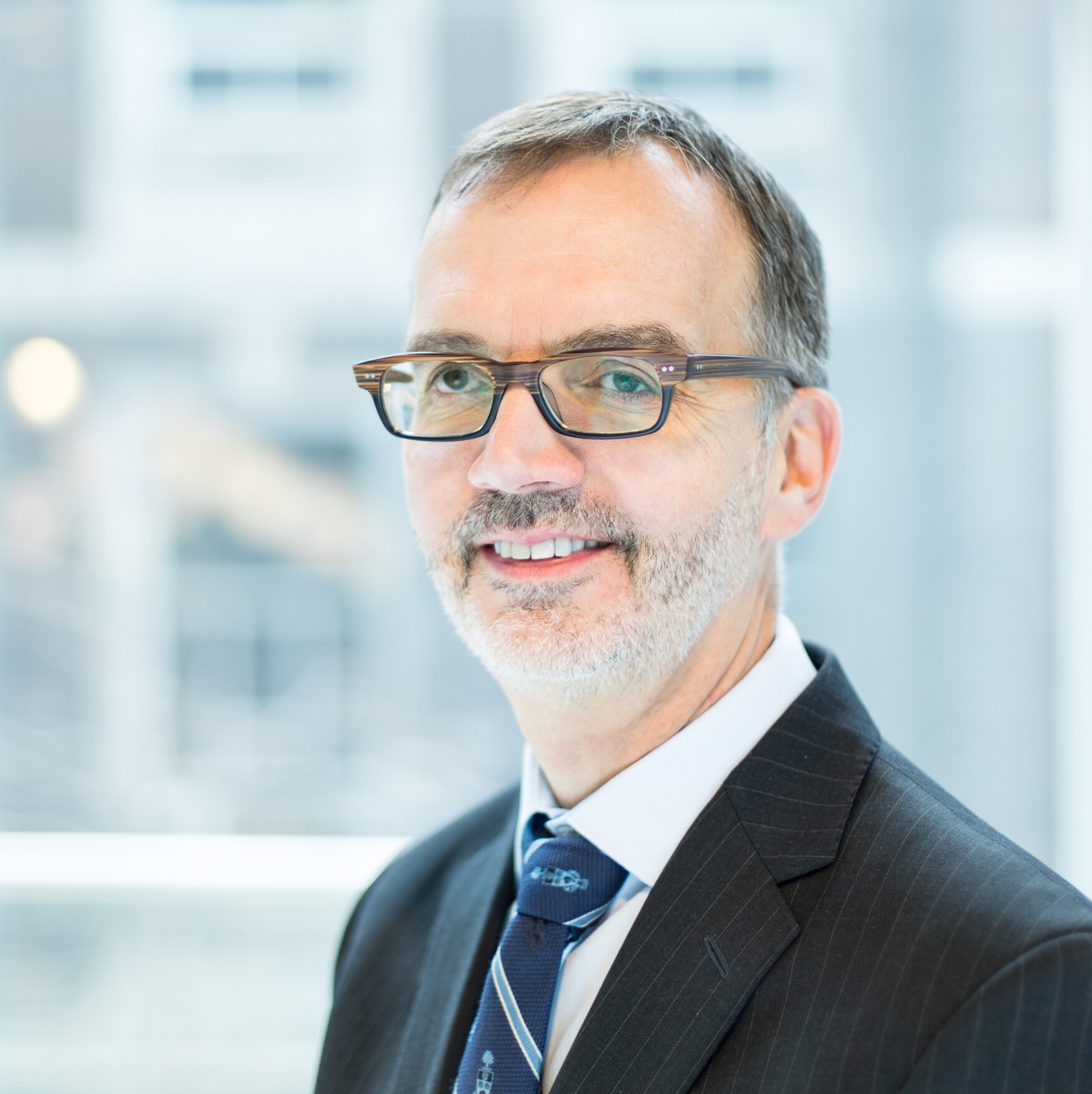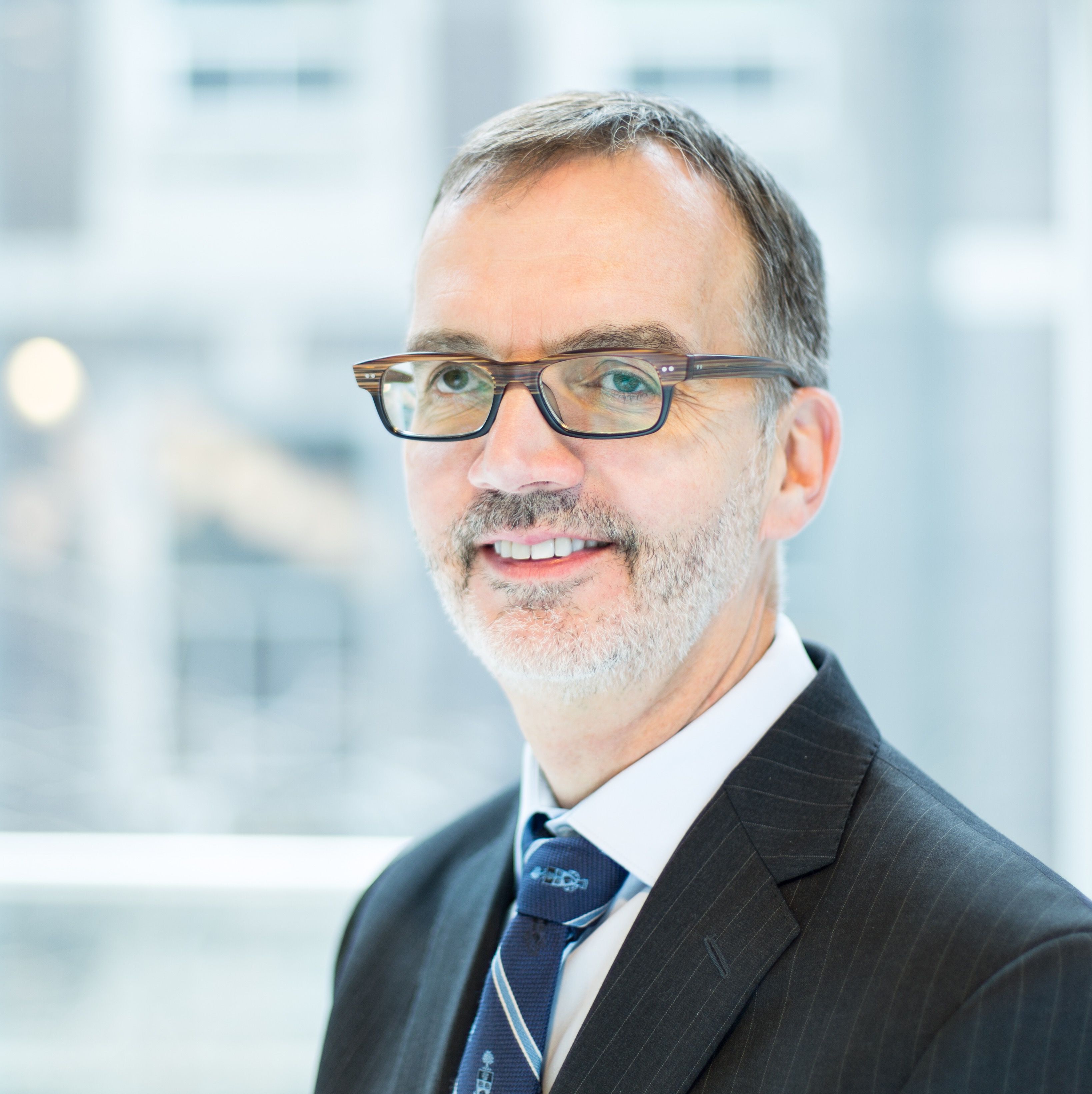Mobile Menu
- Education
- Research
-
Students
- High School Outreach
- Undergraduate & Beyond: Community of Support
- Current Students
- Faculty & Staff
- Alumni
- News & Events
- Giving
- About


When you walk through the Medical Sciences Building, you inevitably pass class composite photos of past graduates from our MD program. It’s hard not to notice the changing faces of our classes; shifting from exclusively male and white in our early years to classes that are more balanced in gender and ethnicity more recently. This shift is a reflection of the city we serve. Toronto is one of the most ethnically diverse cities in the world, and as its only medical school, we have an obligation to reflect its diversity. Some look at our class today and marvel at its diversity. The fact is, we’re not as diverse as you might think.
In Toronto, the top five visible minority groups are South Asian (12.0%), Chinese (11.4%), Black (8.4%), Filipino (4.1%) and Latin American (2.6%). Indigenous people represent 3.8% of our national population and 2.8% in Toronto. If we were reaching our goal of reflecting our city, you’d expect to see similar trends in our MD classes. However, looking further at the Class of 2015, 25% were Chinese and 16% were South Asian. Black (1%), Filipino (2%), Latin American (0%) and Indigenous (2%) students were woefully under-represented. We are also not very socioeconomically diverse. At a time when the median family income in Canada is $76,000, more than 60% of our first year class in 2015-16 reported the income of their parents or guardians was $100,000 or more. Far less than one-third reported a family income below $75,000; 11% indicated less than $40,000.
The results for our faculty are also stark. As Department of Medicine Chair Dr. Gillian Hawker wrote in the last issue of MedEmail, we are falling short of our gender equity goals among faculty. When it comes to ethnic diversity, we are not a reflection of Toronto. The Spring 2013 C-Change Survey found that 75% of our faculty were white, while all visible minority groups were under-represented in comparison to the city [South Asian (8.1%), Chinese (8.2%), Black (1.1%), Filipino (0.4%) and Latin American (1.7%)].
Some will wonder why I bring this up. It’s because I don’t think we can become complacent when it comes to diversity in the Faculty of Medicine. I don’t see any shame in acknowledging our shortcomings. Only by acknowledging them can we start to appropriately address them. And as our Chief Diversity Officer, Dr. Lisa Robinson, wrote last spring, we embrace diversity not because it’s something nice to do, but because it’s our strategic advantage. As she said, “diversity isn’t an alternative to quality; it fuels excellence.”
This also underscores the important work we are doing to encourage the next generation of physicians. That begins early through activities like the Summer Mentorship Program – which had its largest enrolment this year – that welcomes high school students from Black and Indigenous communities to explore health professions. It includes the Community of Support, which provides mentors, information on admissions, and guidance through medical school application process. And includes supporting the Office of Indigenous Medical Education and the Black Medical Students Association on their important work. We must also consider the financial and socioeconomic barriers for prospective medical students and work to remove them.
As stated in the Faculty of Medicine Diversity Statement, we are committed to the principles of inclusion and diversity in all that we do. It’s a shared responsibility, so we all must play our part. And that starts by being mindful of how diverse we truly are and considering how we can move closer towards our goals, together.
Trevor Young
Dean, Faculty of Medicine
Vice-Provost, Relations with Health Care Institutions